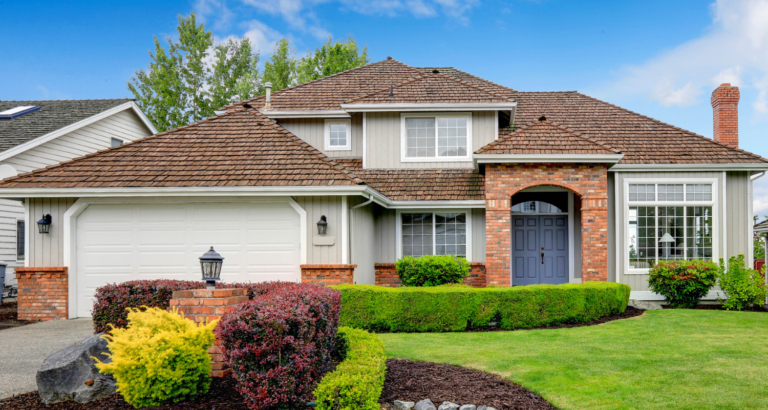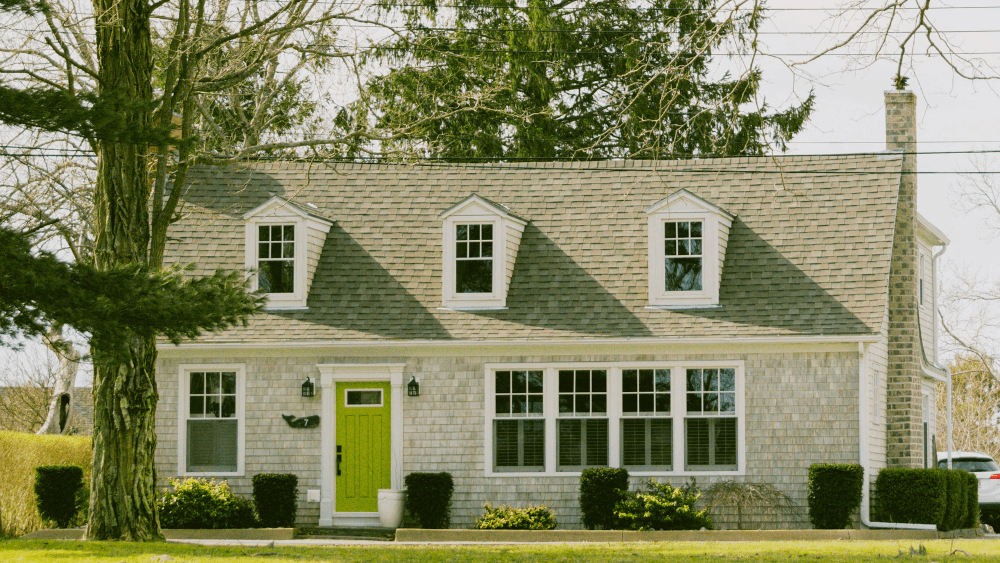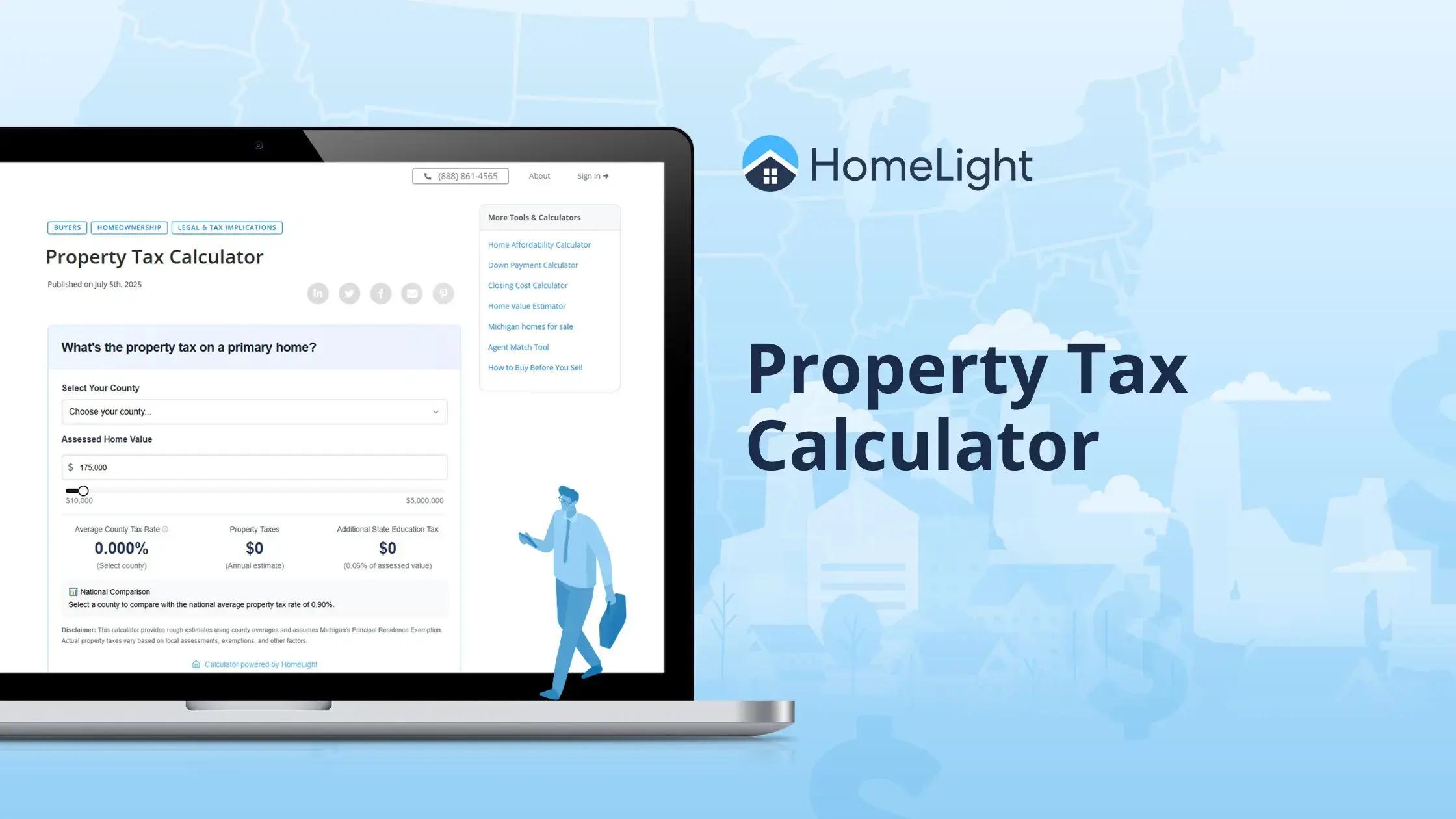
The Austin, Texas real estate market has boomed over the past decade, buoyed by the city’s reputation as being one of the best places to live with its attractive music and food scenes, growing tech employment base, and proximity to nature. Although homeowners have reaped the benefits of explosive property values over that time period, the city, like many others across the nation, isn’t immune to the U.S. Federal Reserve’s interest rate hikes designed to reduce inflation. The rise in mortgage rates has cooled Austin’s housing market in recent months. Austin real estate agent Kristee Leonard, who has 16 years of experience, witnessed a dramatic drop in sales volume and a rise in inventory in parts of the Austin area this fall. For sellers who are contemplating whether they should sell their Austin home or wait, there’s no one-size-fits-all answer as there are many factors to weigh. We’ve researched the essential points to consider to determine if now is a good time for you to sell your Austin home, or if you might benefit from waiting. Typically, you should consider selling your Austin house now if the circumstances provide favorable selling scenarios. The right situations might include: Historically, sellers will find the greatest success when interest rates are low and more buyers are on the hunt. Although rates have risen significantly this year, they’re still far from historical high levels of past decades. Still, the elevated rates have reduced buyers’ purchasing power, sending some to the market sidelines. This means more competition among sellers who now must market their homes to a smaller pool of buyers. No one can predict what will happen with rates long-term, but sellers can monitor rate trends and U.S. Federal Reserve announcements to get a better indication of the trajectory. Additionally, a falling consumer price index (CPI) could be an indication of declining rates in the future. When supply is low and demand is high, selling your home can be far more profitable. However, according to Leonard, the inventory can vary greatly even from neighborhood to neighborhood. “I would definitely say it’s hyperlocal,” says Leonard, who works with over 68% more single-family homes than the average Austin agent. “Sellers need to look at their specific area to see what’s on the market.” Variation in inventory affects the supply and demand dynamic in a particular area. Even though the Austin market has cooled overall, Leonard says she’s still encountering situations in specific areas where sellers are getting multiple offers due to the low inventory in the vicinity. On the flip side, if a neighborhood has an influx of listings, it could make it more challenging to sell a home in that area. Sometimes personal reasons will dictate if it’s the right time to sell, versus market conditions. If the hand of change is knocking at your life’s front door, selling your home may be unavoidable. You may need to move for a job, a family medical crisis, or divorce. In this case, market conditions take a backseat to more pressing personal priorities. One of the high points of the homeownership experience is witnessing your property increase in market value. Not only does it give you more equity, but it also positions you for a profitable sale. If you have lived in your current Austin home a long time, or if property values in your neighborhood have increased to the point where you have earned a significant amount of home equity, now might be a good time to sell your Austin home and cash out. Use HomeLight’s free Home Value Estimator to get a preliminary snapshot of your home’s current value. For many older Austinite homeowners, downsizing may be more than a desire, it may be a necessity, either for financial, mobility, or other health reasons. If maintaining your home has become difficult, now might be a good time to sell. Perhaps you need more room because your family is growing. Or maybe an elderly relative or child must come to live with you in Austin. Maybe your employment changed, and you need a home office. The need to upsize can play a big role in your decision to sell now. Sometimes homeownership can occur unexpectedly. If a family member passes and you inherit a property that you’d rather not keep, market conditions won’t be as significant of a factor when determining the best time to sell. Assuming you haven’t invested much in the property, the best time to sell is whenever you’d like to be free of the responsibilities that come with owning the home. If you have a second home that’s underutilized, selling it now will mean no longer paying property taxes and maintenance expenses. Now may be an optimal window to be a seller who isn’t also trying to buy a home. Let’s say you’re relocating from Austin’s Hyde Park neighborhood to a craftsman home in the North Loop neighborhood, and you have the financial means to pay cash for your next home. This means that you’re less likely to incur financial losses from the sale. Because of changes in your income or other financial setbacks, selling your Austin home now may be the only way you can avoid potential foreclosure. Now that we’ve covered some of the top ways to identify a good time to sell, we’ll next go through circumstances that mean it’s likely wise to wait to sell a home in Austin. Waiting to sell your Austin home could be your best option depending on a variety of circumstances that can create unfavorable selling scenarios. The times to consider waiting might include: When interest rates go up, home values and offer prices can come down. That doesn’t necessarily mean it’s a bad time to sell, it just means you will want to carefully evaluate your selling objectives and consider if you might benefit from waiting. Yes, upsizing can be on both the Austin “sell now” and the “wait to sell” lists. Is your desire to upsize based on a crucial need, or just because you think it would be nice to have the extra space? Unless there is a pressing immediate need, the cost to purchase a larger home now may become a burden, especially if other factors will add additional costs, such as higher interest rates or a lack of equity. Waiting until better selling conditions arise might be a wiser long-term financial decision. If you haven’t lived in your home long and haven’t built up significant equity, you might risk selling it at a loss if you list it during neutral or buyer-favorable market conditions. Unless you have to sell for personal reasons, it’s likely best to stay put and focus on building more equity. Waiting might also give you the opportunity to sell during market conditions more favorable for sellers. When supply is high and demand is low, selling your home may not be as profitable as you would like. This is because buyers have a lot of options, which means you’re competing with more sellers. However, the caveat to this is that if you’re buying as well as selling, you’ll also benefit from the increased inventory as a buyer. “If you sell for less now, that also means you’ll be spending less if you’re moving and buying,” says Leonard. “It obviously depends if you’re moving to a house in the same area or moving to a different market. If a seller wants to stay in the Austin market, then they’ll have negotiating power in their new home purchase. You really have to look at the overall situation.” A home that needs a lot of work can turn away potential buyers looking for a turnkey property. Typically, to get top dollar for your Austin home, you are better off completing any remodeling projects before placing your house on the market. If your home is in poor condition or has incomplete renovations, then you may get offers below the value of similar homes in your area. However, sellers in this situation should be selective about the improvements they make to their property. Apart from obviously necessary repairs like fixing a leaky roof or plumbing issues that could be flagged during an inspection, and improving curb appeal, making unnecessary upgrades that don’t yield a favorable ROI, could amount to financial losses. “I don’t necessarily suggest a lot of remodeling because the buyer may not like what the seller does,” says Leonard. “A lot of it depends on the competition in the area and the sale price they’re trying to achieve. Interior paint can go a long way, and making sure that the front landscaping makes a good first impression is important.” If you are content with your existing Austin home, and it fits your current needs and budget, waiting to sell might be the best decision. It’s difficult to time the market, but selling a house you love when interest rates and inventory are higher likely won’t yield the best outcome. It is better to wait until you have a desire to sell and then reassess market conditions. When mortgage rates hit record lows between 2020 and 2021, many people seized the opportunity to refinance their mortgage rates instead of opting to buy a new home. Since then, mortgage rates have increased substantially over the past year. Selling now would mean losing the refinanced rate and incurring current higher rates, which would mean more of your monthly mortgage payment will go toward interest rather than principal. The recent rise in home prices can be a double-edged sword. It’s great when you’re on the sell side but if you are not in a financial position to make your next home purchase, or if the cost of transitional housing is beyond your current reach, now may not be the best time to sell your Austin home. Keep in mind that when buying a home with a mortgage you’ll be subject to current interest rates and will likely need funds for a down payment and closing costs, agent fees, plus any maintenance or staging costs that you may need. Capital gains taxes are another consideration. Although the state of Texas doesn’t have a capital gains tax, the federal government does. You may be exempt from paying taxes on your sale proceeds for as much as up to $250,000 for single filers or $500,000 for joint filers if you owned the home for a total of at least two years in the five-year period before the home sale, and you used the home as your primary residence for a total of at least two years in that same five-year period. Buying and selling a home are some of the biggest financial decisions of your life. For many people, their home is their largest financial asset, and so the decision to sell must be considered thoroughly. Although renters have more freedom to move on a whim, homeowners could incur financial losses if they don’t plan their home sale carefully, which includes thinking about the best time to put their home on the market. If you don’t have a well-thought-out plan but are sure you want to sell, an experienced real estate agent can help you come up with a clear game plan. Even if you keep pace with up-to-date information about the housing market and your equity situation, deciding whether to sell your Austin home now or wait often comes down to a battle between your heart and mind. Selling a home is a lot of work even with an agent’s help. If you’re busy, preoccupied with other things going on in your life, or ambivalent about the decision to sell, chances are that it might be best to wait. By using HomeLight’s Best Time To Sell Calculator you can get data-driven insights about the best and worst times of the year to sell a home in the Austin area. Based on the results, if you list your Austin home in September, you could sell for 7.16% more than the yearly average. Keep in mind that there are local nuances to consider and year-to-year variations that can occur. Leonard says that central Austin tends to be popular all year round while the suburbs usually see the strongest sales during the spring and summer months due to sellers working around school schedules. If you decide it’s best to sell your Austin home, follow the suggestions below to get the most out of the sale. Austin homeowners that are worried about how much proceeds they’ll net from the sale of their home might be considering the “for sale by owner” (FSBO) route in order to avoid having to pay real estate agent fees, among other reasons. The top three reasons people cite for selling FSBO include: “did not want to pay a commission or fee” (36%); sold to a relative, friend, or neighbor (30%); or that the buyers contacted the seller directly (8%), according to data from the National Association of Realtors (NAR). However, 2022 data from NAR shows that “FSBO homes sold at a median of $225,000, significantly lower than the median of agent-assisted homes at $345,000.” This is likely one reason only a modest portion of sellers — about 7% in 2021 and 10% in 2022 — choose to list FSBO. Of those, 50% already knew the buyer of the home, according to NAR data. For homeowners who value speed, certainty, and simplicity, HomeLight created Simple Sale, a platform that provides you with a full cash offer on your Austin home whenever you’re ready to sell. Simple Sale connects home sellers to the largest network of cash buyers in the U.S. Answer a few quick questions about your home and timeline, and you’ll receive a no-obligation cash offer within a week, allowing you to close the sale in as few as 10 days. If you’re facing a life change that requires a fast home sale, or you don’t have the time or money to make needed repairs, a cash offer may be the solution you are looking for. Simple Sale provides cash offers for homes in almost any condition in Austin. You can skip the repairs and showings and move forward with your life plans. Selling a home is one of the biggest financial decisions of your life, and there’s good reason to carefully consider the timing of the sale. Selling during periods of higher mortgage interest rates and inventory means that there are fewer buyers out hunting for properties and more competition among sellers. In the absence of urgent personal reasons to sell, you may find that it’s better to hold off on selling until you weigh all the factors. However, if you decide to sell now, there are steps you can take to help secure a favorable outcome. Armed with information and expert insights, you can be empowered as an Austin home seller to assess your selling objectives and craft the right course of action. If you’re trying to decide if now is a good time to sell your Austin home, HomeLight can connect you with a top-performing, experienced agent in your market. In under two minutes, our free Agent Match tool analyzes over 27 million transactions and thousands of reviews to determine which agent is best for you based on your needs. Writer Max Efrein contributed to this story.When to sell your Austin home
If mortgage interest rates are low
If Austin’s housing inventory is low
If you need to relocate from Austin for a job or other life change
If your Austin property value has significantly increased
If you are ready to downsize your Austin home
If you need to upsize your Austin home
You’re selling a second or inherited home in Austin
You can pay cash for your next home
You can’t afford to keep your Austin home
If you sell for less now, that also means you’ll be spending less if you’re moving and buying. It obviously depends if you’re moving to a house in the same area or moving to a different market. If a seller wants to stay in the Austin market, then they’ll have negotiating power in their new home purchase. You really have to look at the overall situation.
When to consider waiting to sell your Austin home
If mortgage interest rates are going up
If you’re upsizing for non-crucial reasons
If your Austin home hasn’t built much equity
If Austin’s housing inventory is high
If your Austin home has unfinished major repairs or renovations
If you’re happy with your current Austin home
If you recently refinanced your Austin home
If you can’t afford to move
If you will face steep capital gains taxes
If you have no clear game plan or objective
You aren’t mentally ready to sell your Austin home
What’s the best time of year to sell a house in Austin
10 tips to help sell your Austin home
Should I sell my Austin home myself (FSBO)?
What if I need to sell my Austin house fast?
Bottom line: Should I sell my Austin house now?


